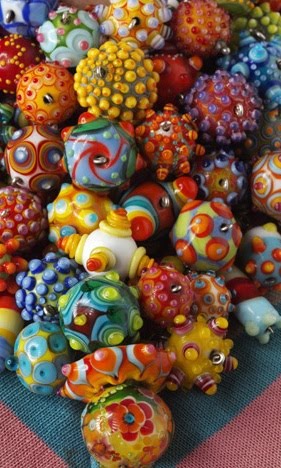I've been thinking about our next assignment for the Fab Academy from MIT professor Neil Gershenfeld. We are to design and fabricate a press- fit construction kit, and I'm thinking first of conventional examples: children's building toys like Legos, Tinkertoys, and Construx, dollhouses, 3-D puzzles, wooden dinosaur models. We will use the lasercutter in making this project, but now I'm thinking about materials. The other day we lasercut nori (seaweed sheets.) What about shells? They're mostly brittle and delicate, but look at this inspiring example of cut shells. This came from my Mom's childhood home in the Philippines.


Most of my ideas for this assignment involve sheet acrylic. Though working with plastic and heat is repulsive in several ways, I love how acrylic sheets transmit light at the edges, and can be easily thermoformed. What about coconut shells, and old vinyl records?
For years I have been individually hand- sculpting multiple components to build larger forms. The convenience of having parts fabricated (and in such a short time) is ineffably exciting!

Each glass bee alone is about half an hour on the torch, aside from the 150 yellow beads that I lampworked. Then each torch session finishes with about 5 hours of annealing, after which the beads must be removed from the mandrels and cleaned. Designing, fabricating, and refining the structures will always take hours more.

This necklace has about 400 individually lampworked beads.

These forms take so long because I hand mix a lot of the glass rods before sculpting to achieve smoother gradients of color.

On the topic of building repetitive forms, I flamework every single one of these Pyrex glass chain links by hand, one at a time. No jigs, no molds, no shortcuts. Imagine what I can do with tools of fabrication! I can do more, but in what ways is it better or worse?


Most of my ideas for this assignment involve sheet acrylic. Though working with plastic and heat is repulsive in several ways, I love how acrylic sheets transmit light at the edges, and can be easily thermoformed. What about coconut shells, and old vinyl records?
For years I have been individually hand- sculpting multiple components to build larger forms. The convenience of having parts fabricated (and in such a short time) is ineffably exciting!

Each glass bee alone is about half an hour on the torch, aside from the 150 yellow beads that I lampworked. Then each torch session finishes with about 5 hours of annealing, after which the beads must be removed from the mandrels and cleaned. Designing, fabricating, and refining the structures will always take hours more.

This necklace has about 400 individually lampworked beads.

These forms take so long because I hand mix a lot of the glass rods before sculpting to achieve smoother gradients of color.

On the topic of building repetitive forms, I flamework every single one of these Pyrex glass chain links by hand, one at a time. No jigs, no molds, no shortcuts. Imagine what I can do with tools of fabrication! I can do more, but in what ways is it better or worse?



No comments:
Post a Comment
What does your voice sound like?